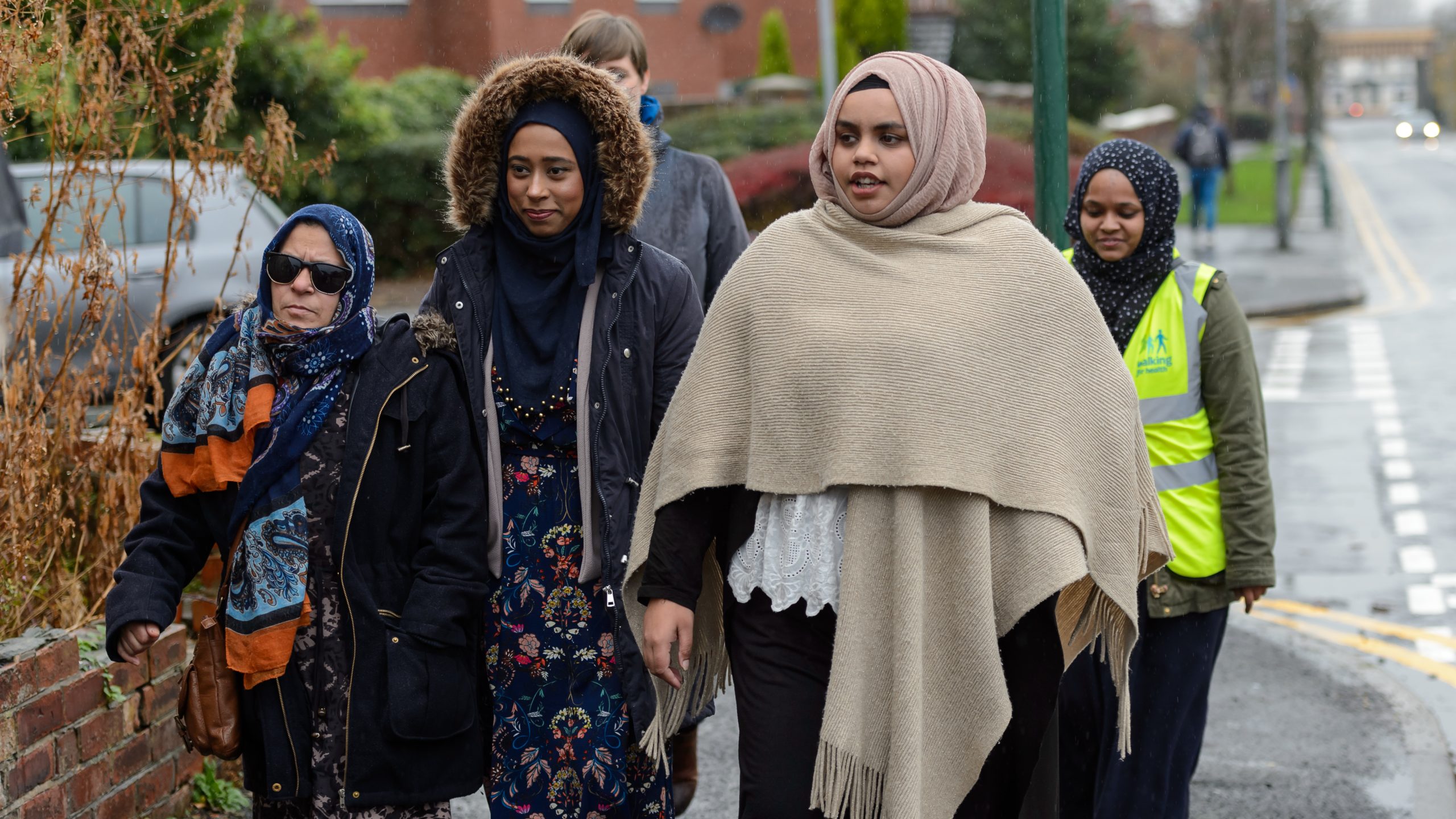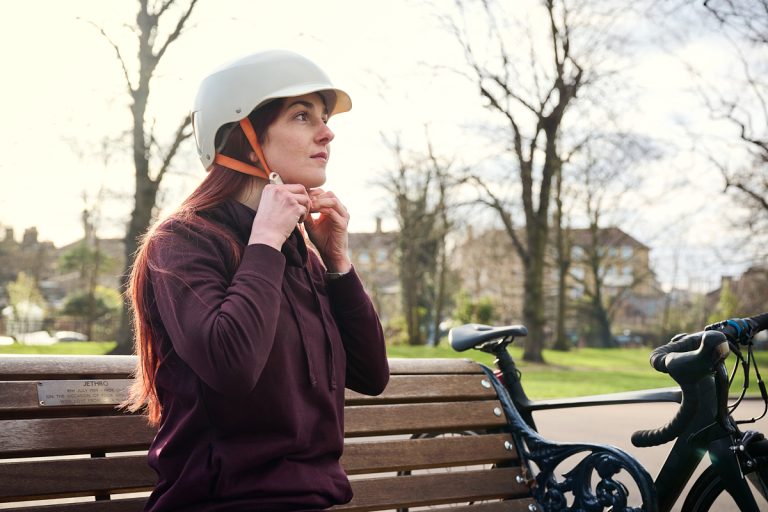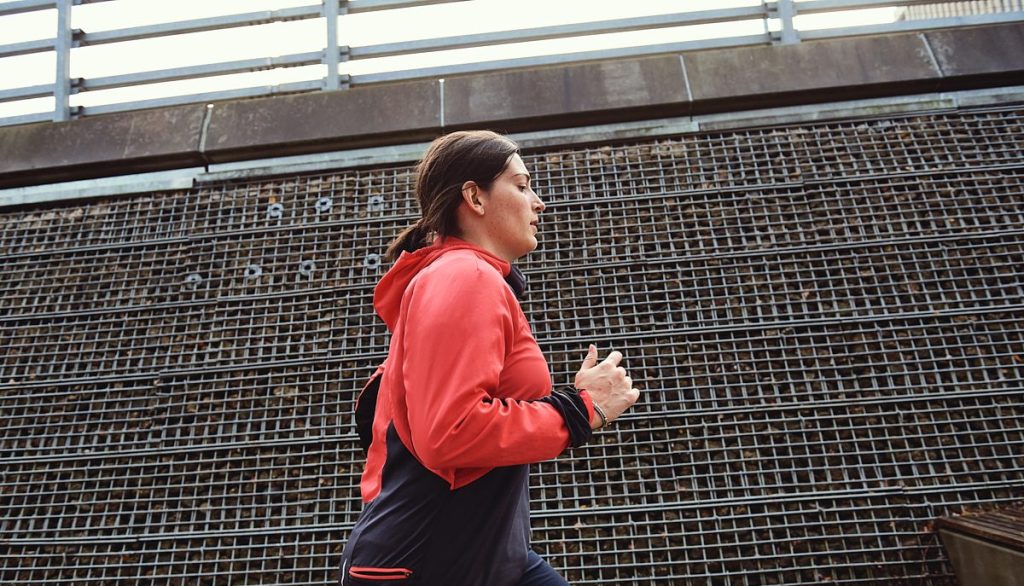Report contents
- What happens to women and sport in the winter?
- What do women say are the barriers?
- Overcoming barriers

Published
Participation in sport and physical activity declines in the colder, darker autumn and winter months.
This report outlines the barriers to women taking part in sport in the winter and how to tackle autumn/winter drop-out rates.

I was going to go out cycling if the weather was nice when I woke up. Which it wasn’t. I had shopping to do anyway and wasn’t feeling great so I couldn’t go
Barriers:

Women in Sport
Women in Sport